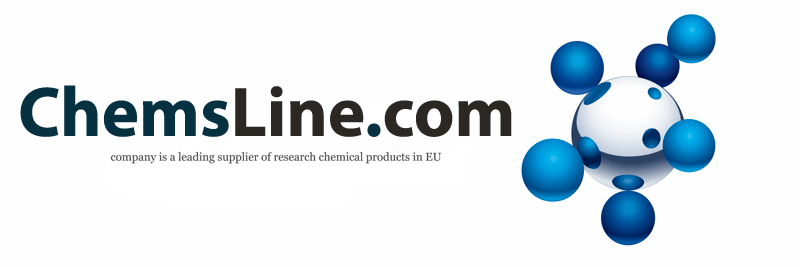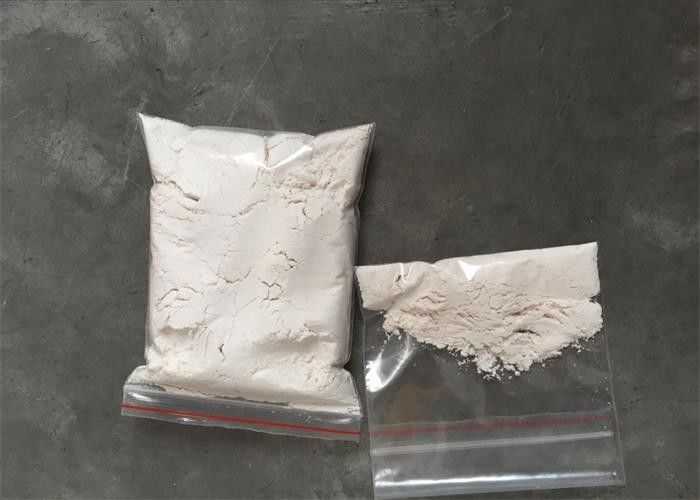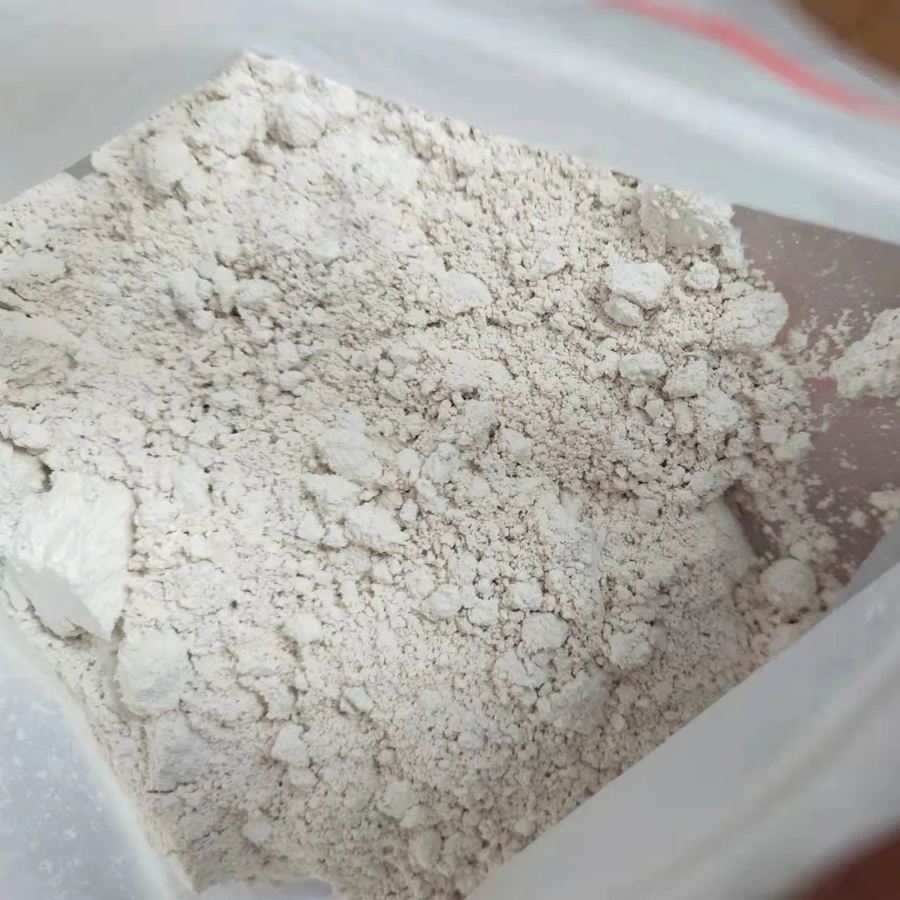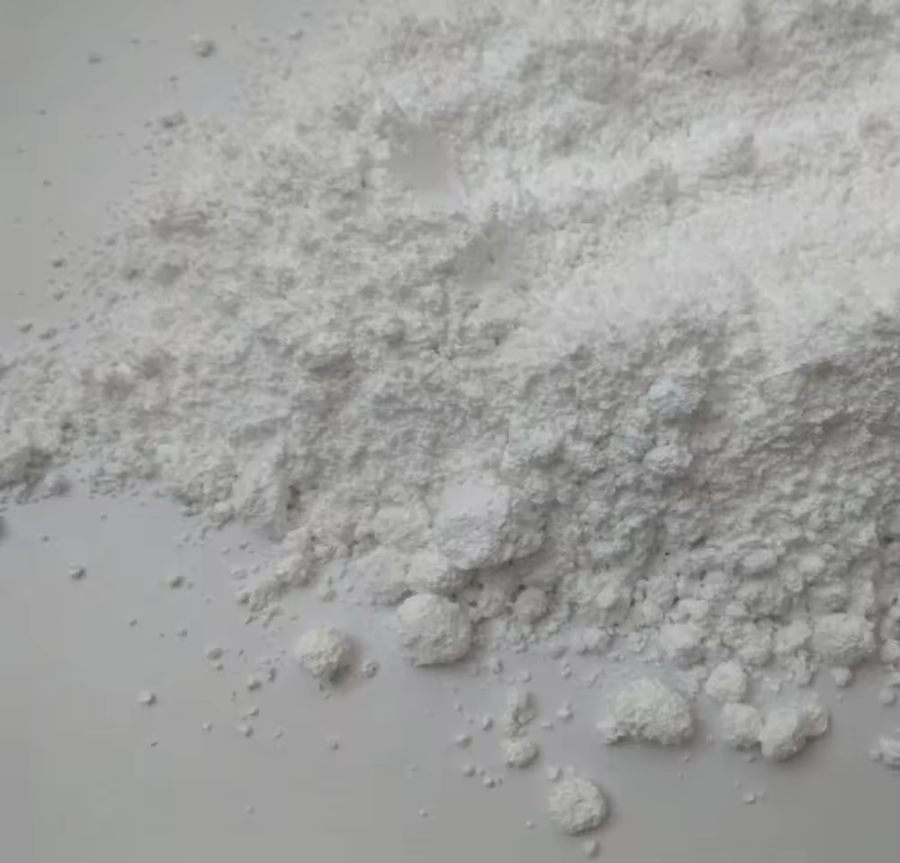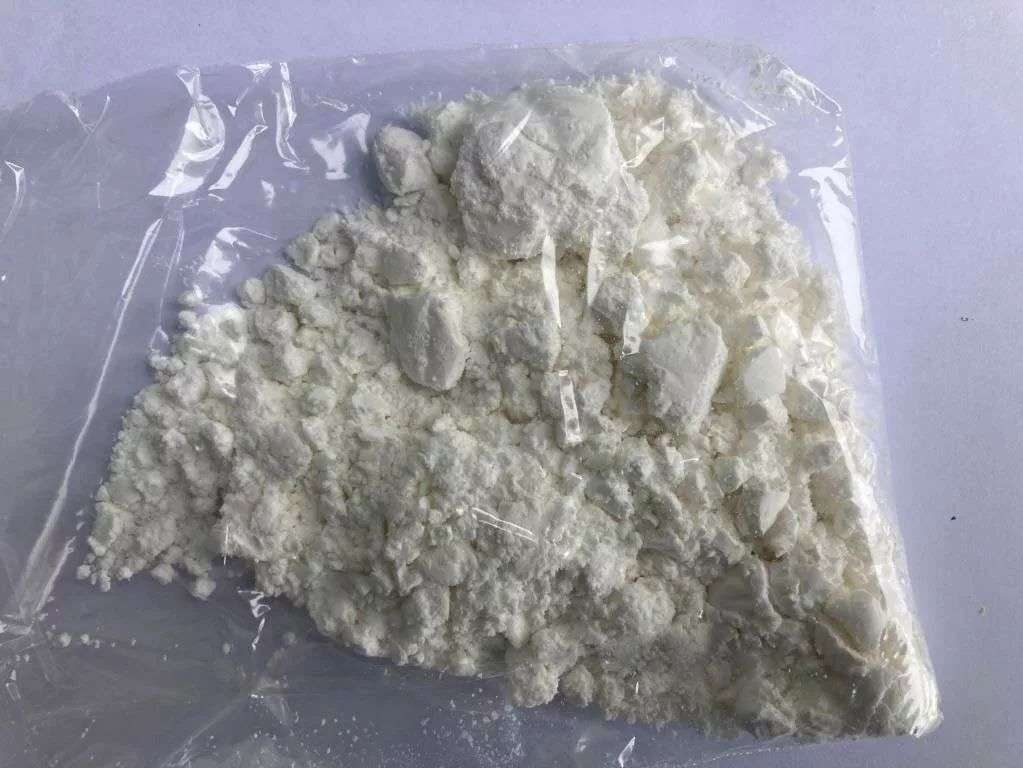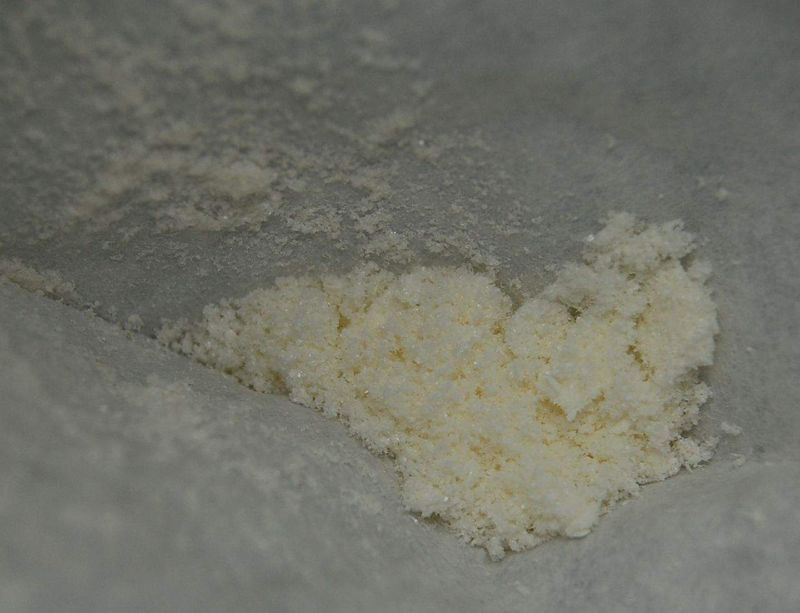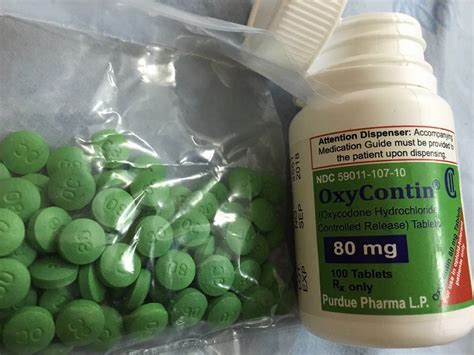
Heroin is one of the prohibited narcotic drugs, causing physical and mental dependence. But is it? In the second half of the XIX century, a powder of brown (and sometimes white) color was considered something akin to a miraculous drug. The “scourge” of the society became heroin not immediately; in the history of this drug there are many surprising facts that you will learn about after reading this article.
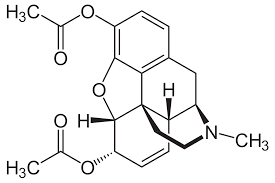
1. Storage and use of heroin was not always a crime. In fact, heroin, which scientists synthesized from opium in 1874, during the first fifty years of its existence was considered an absolutely legal drug. In 1914, following the adoption of the Harrison Law on Drug Taxes in the United States, the recreational use of opiates and coca leaf derivatives was banned – one of the first attempts by the federal government to control non-medical drug use. In fact, this law meant that now narcotics, in particular heroin, could be purchased only with the prescription of a doctor. Ten years later, in 1924, the USA adopted the Heroine Act, which completely banned the use of drugs, even for medical purposes.
The USA followed other countries: Mexico (1924), Costa Rica (1928), Poland (1931), Spain (1933), and Bulgaria (1934). And although in Great Britain heroin was officially banned in 1926, doctors still have the right to prescribe it to patients struggling with drug dependence. Denmark and Switzerland are also allowed to use heroin during the course of treatment for drug dependence. In Portugal, heroin is illegal, but storing it in quantities of no more than 10 daily doses is not considered a criminal offense.
2. Heroin was originally called “tetra acetyl morphine”. In modern medicine, heroin is called diacetylmorphine. The original name of the drug – tetra acetyl morphine – appeared as a result of a small scientific misunderstanding.
In 1805, the young and inexperienced assistant of the apothecary Friedrich Wilhelm Adam Sertürner, by dissolving opium in acid and neutralizing it with ammonia, received a new active organic alkaloid compound, which he named morphine, in honor of Morpheus, the ancient Greek dream god. In 1806, Sertiurner published the results of the work done, but they were noticed only when the drug was widely distributed. German pharmaceutical and chemical company Merck commenced the production of morphine for commercial purposes in 1827.
Despite the extreme popularity of morphine, scientists for a long time could not determine its exact chemical structure. In 1874, when a British chemist named Charles Romley Elder Wright first synthesized a substance called heroin today, in scientific circles, as before, it was believed that morphine has a double empirical structure. Thus, Wright thought that for each molecule he adds not two (as it was in fact), but four acetyl groups, and therefore he named the substance tetra acetyl morphine derived by him.
Later, in 1890, the German scientist W. Dankworth tried to obtain heroin by another method. When he heated anhydrous morphine with an excess of acetyl chloride, he discovered that morphine actually has a single empirical structure; therefore, one molecule does not have four (tetra), but only two (di) acetyl groups. That’s why heroin is now called diacetylmorphine.

3. German chemical and pharmaceutical company Bayer began selling a miracle drug under the brand Heroin (“Heroin”) in 1898. Bayer is a company that is known for being the first in the world to start producing Alka-Seltzer and aspirin. After heroin was first synthesized in 1874, for a long time – almost two decades – it remained unheeded. The potential of the drug was discovered by Henry Drezer, a researcher at Bayer. He devoted a few years to studying the properties of heroin.
In 1898, Bayer released the first batch of a drug called Heroin (“Heroin”), which was positioned as a cough remedy and a cheap substitute for morphine. The company ceased production of heroin in 1913.
4. The name of the drug comes from the German word “heroic”. When in the late 1890s Bayer began testing heroin on its employees, he liked them (unsurprisingly), because they made them feel like heroes (the name of the drug comes from the German word “heroisch”, which means “heroic”). At that time, the term “heroin” was used to refer to any potent drug, and although at that time scientists knew little about its properties, the power of its influence on the human body was obvious.
5. Before, heroin was sold as a medicine for children. At a time when tuberculosis was considered one of the leading causes of death in the world, especially among children under the age of 5, any remedy that could take away the cough and ease breathing was doomed to good selling. In 2011, representatives of a non-profit organization called the Coalition Against Dangerous Products, manufactured by the pharmaceutical company Bayer Coalition Against Bayer Dangers, in an old Spanish newspaper in 1912, found an advertisement for Heroin (Heroin). The figure depicts a boy and a girl who dragged themselves after a bottle of heroin. From this it is clear that the presumed consumer of the new drug from the company Bayer were exactly the children.

6. In the late 1800s, a higher percentage of opium addicts were women from the upper and middle classes. In the late 1800s, heroin and other opiates were actively used as the main component of the cough syrup, which at that time was in the medicine cabinet of every woman and was used by them as a universal remedy for hundreds of ailments and diseases. As a result, the overwhelming number of drug addicts at the end of the XIX century were the representatives of the fair sex. Surveys conducted between 1878 and 1885 showed that over half of the opiate addicts in the United States were wealthy women. In the 1800s, the rate of addiction to narcotic drugs was almost three times higher than later in the days of the so-called heroin epidemic.
7. In terms of addiction, heroin was considered less dangerous than morphine. For a while, heroin has even been used to treat people who depend on morphine. When Wright tried to synthesize heroin, he, above all, wanted to get a substance that was not addictive. Later, when Drezer began to study the properties of heroin, he came to the conclusion that the use of this drug, unlike morphine, does not lead to the appearance of physical and mental dependence. In 1900, the medical journal “Boston Medical and Surgical Journal” wrote: “Heroin has many advantages over morphine … It does not cause drowsiness and addiction.”
8. The term “junkie” in relation to people “sitting” on the heroine, was first applied in the 1920s. When heroin was officially banned in the United States of America, New York drug addicts began to collect and surrender scrap to earn a living and a new dose.
9. The epidemic of heroin addiction in Egypt. In the 1920s, in Egypt, the number of people “seated” on heroin was 3.5% of the total population (14 million people).
It all started in 1916, when cocaine was sold in Egypt, and then heroin, for non-medical use. Heroin cost very cheap, so in a moment it became popular among drug lovers. Contractors often gave their workers wages not with money, but with heroin.
10. The use of heroin spread to all classes of society and reached epidemic proportions in 1929, after which it declined due to the adoption of new international laws and the closure of three Turkish factories engaged in the production of drugs.
